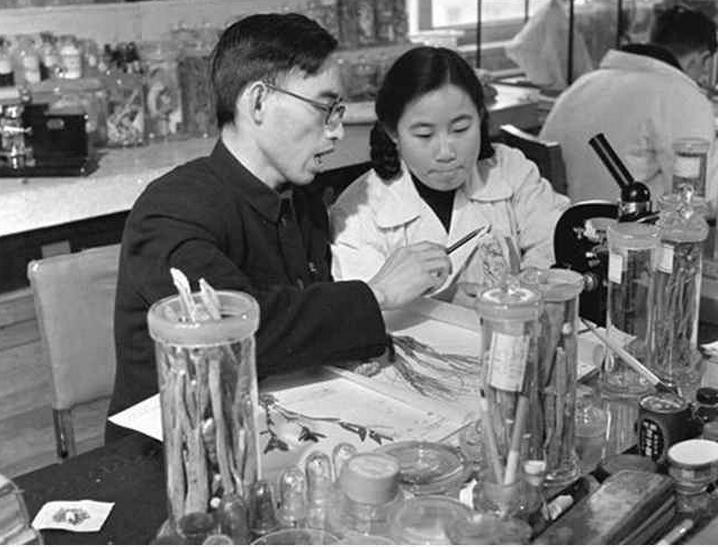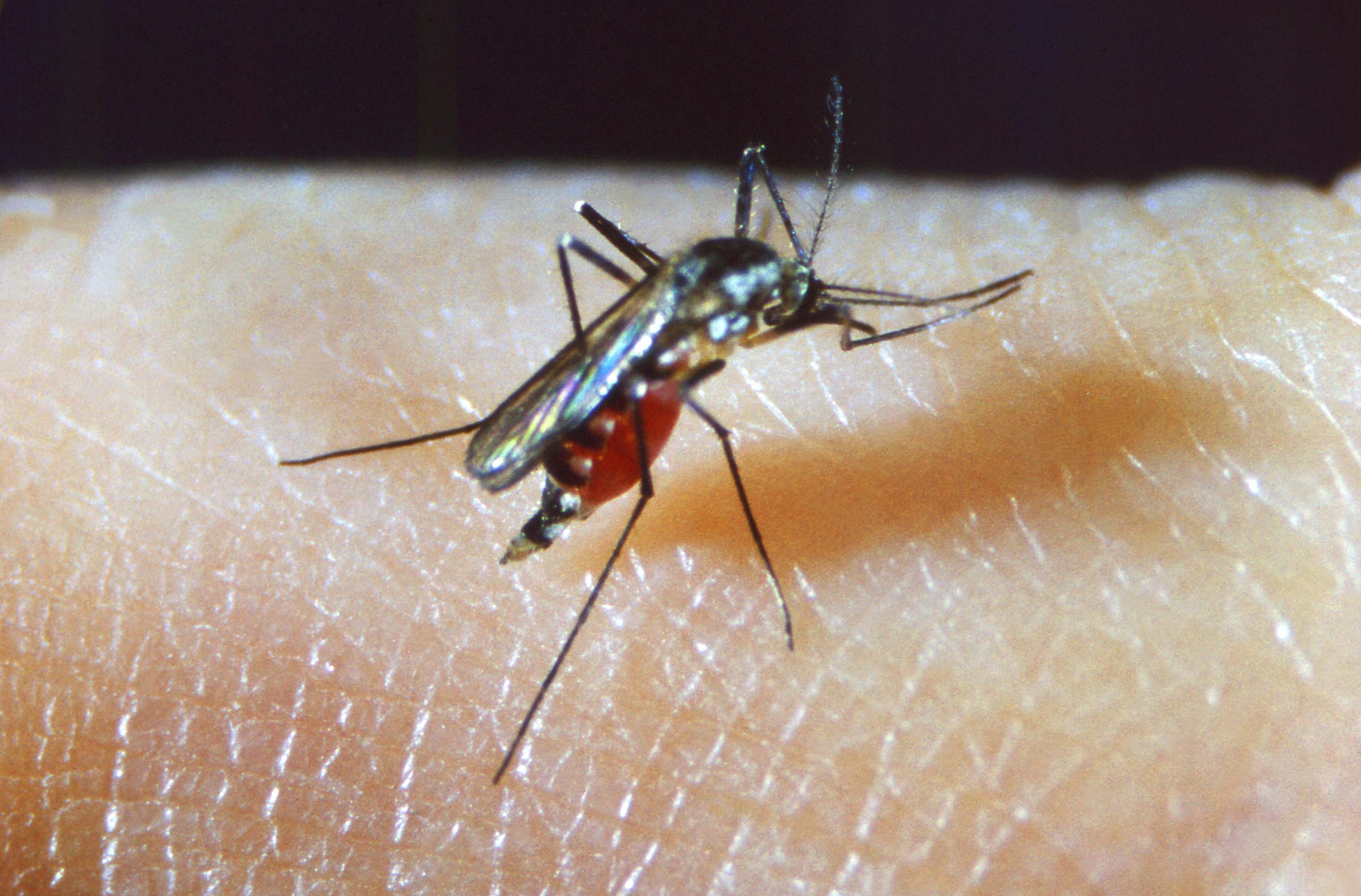Superhero Tu Youyou: Saving Lives and Battling Malaria
There have been many incredible scientists who have been awarded the Nobel Prize in Physiology or Medicine this century, but arguably none have had a greater impact on humanity than Tu Youyou. Certainly, her work has saved an incredible number of lives, and her achievements were hard-won in extraordinary circumstances, requiring bravery, determination and dedication in equal measure. There’s little doubt that she possesses all of the qualities required of a True Superhero.
Early years
Tu was born in Ningbo, on the east coast of China, in 1930. Her family strived to give her the best education possible, but like many prizewinning biologists, Tu’s childhood was beset by illness. Aged 16, she contracted tuberculosis and had to take two years off school in order to recover. She later wrote that “this experience led me to make a decision to choose medical research for my advanced education and career - if I could learn and have (medical) skills, I could not only keep myself healthy but also cure many other patients.” Once she had recovered from her illness, she enrolled as a student in the Department of Pharmacy of what was then known as Peking University.
Throughout her university education, and subsequent post-graduate work, Tu was taught a mixture of traditional Chinese medicine techniques and western pharmacological methods. This was partly by necessity as, in the 1950s, China was short on medical practitioners, and this mixture of disciplines was seen as an efficient way of maximizing available resources. It was also something that would stand Tu in good stead in the years to come.

"The brand new social experience where you activate your gaming skills as you train like a spy."
- TimeOut
Take on thrilling, high-energy espionage challenges across different game zones.

At war with malaria
The key global health battleground of the era was malaria; the World Health Organization formalized a commitment to the global eradication of the disease at the 1955 World Health Assembly, but this initiative failed. While malaria was successfully eradicated in several countries, infection rates were stagnant or increased in many others, and new strains of the disease - resistant to previously effective treatments - were spreading rapidly. By 1969, the World Health Organization admitted defeat and resolved to contain malaria, rather than eradicate it.
Antimalarial research was still a global concern; by 1972 it was estimated that over 214,000 different compounds had been screened for antimalarial properties, with not a single positive outcome. The issue was keenly felt in South East Asia, and especially for the two sides involved in the Vietnam War, where soldiers were at constant risk of infection. In 1967, at the behest of the North Vietnamese, the Chinese military instituted a secret project to coordinate nationwide research for malaria control called Project 523.

Project 523
This was in the middle of China’s Cultural Revolution, and many of the leading figures in pharmacological research had been banished, or worse. It is perhaps for this reason that the Chinese authorities called upon Tu Youyou, still a relatively inexperienced scientist, to lead one of the three research groups - the one responsible for investigating traditional Chinese remedies. This was a dangerous time to be a scientist in China and there was tremendous pressure on Tu to prevail. She would later write: “As a young scientist, I was so overwhelmed and motivated by this trust and responsibility. I also felt huge pressure from the high visibility, priority, challenges as well as the tight schedule of the task. The other challenge was the impact on my family life. By the time I accepted the task, my elder daughter was four years old and my younger daughter was only one.“
Tu’s first order of business was to visit an affected region; she left her younger daughter with her grandparents and placed her eldest daughter in a full-time nursery. Tu then set off to Hainan Island, the southernmost point of China, where a malaria outbreak was in full flow. She would not see her children again for three years; she later wrote that “my younger daughter couldn’t recognize me… and my elder daughter hid behind her teacher when I picked her up upon returning to Beijing.”
Hitting the books
Tu’s team began to look through traditional Chinese medical literature for answers. Malaria was one of the epidemic diseases with the most comprehensive records in the literature, with published remedies found in texts dating as far back as the 2nd century B.C. As Tu later wrote: “After thoroughly reviewing the traditional Chinese medical literature and folk recipes and interviewing experienced Chinese medical practitioners, I collected over 2,000 herbal, animal and mineral prescriptions.”
She then began the process of testing each prescription. Very few were effective but one plant which had shown some positive impact in initial screening was Qinghao, known in the west as Sweet Wormwood. Tu returned to the literature, combing the books for mentions of the herb; she found what she was looking for in a seminal text of Chinese medicinal literature that was over 1,600 years old, Ge Hong’s A Handbook of Prescriptions for Emergencies.
The prescription recommended preparing “a handful of Qinghao immersed in two liters of water, wring out the juice and drink it all”. Traditionally, these preparations would involve boiling the root, but Tu realized that this may harm its efficacy, and she instead prepared a tincture using careful extraction at lower temperatures.

Shennong tasted 100 herbs
The Qinghao extract was tested on rodents and monkeys, and showed 100% efficacy in inhibiting malaria parasites. Tu’s team began large-scale extraction of Qinghao to prepare for clinical trials, but the impact of the Cultural Revolution meant that there were no pharmaceutical labs to carry this out, so the team undertook the task themselves. Insufficient equipment and poor ventilation meant that many of the team, including Tu, fell ill, but they persevered.
The team was under tremendous time pressure, as the malarial season was ending, and further delay would set the project back by a year or more. There was also uncertainty from the animal trial data about the toxicity levels of the treatment. Consequently, Tu volunteered to emulate the ancient emperor Shennong, seen as the originator of traditional Chinese medicine, who was said to have tasted over 100 herbs in order to test their toxicity. In July 1972, Tu followed this example, becoming the first person to test this new, concentrated form of Qinghao with no ill effects.

Upping the dose
Clinical trials began, and Tu’s team continued to refine their discovery. Before long, they had isolated the active compound, later named artemisinin. By September of 1973, Tu had extracted dihydroartemisinin, which was found to be 10 times more potent than artemisinin. It would take a long time for these discoveries to be approved for use in drugs among the general population, but, as Tu later wrote: “I always feel that nothing can be more rewarding than the fact that artemisinin, since its discovery, has saved many lives. Over the past several decades, more than 200m malaria patients have received artemisinin or artemisinin combination therapies.” Considering the enormous pressure Tu was under, and the sacrifices she made, could this be the more superheroic contribution to medical science?
SPYSCAPE+

Join now to get True Spies episodes early and ad-free every week, plus subscriber-only Debriefs and Q&As to bring you closer to your favorite spies and stories from the show. You’ll also get our exclusive series The Razumov Files and The Great James Bond Car Robbery!


Gadgets & Gifts
Explore a world of secrets together. Navigate through interactive exhibits and missions to discover your spy roles.
Your Spy Skills
We all have valuable spy skills - your mission is to discover yours. See if you have what it takes to be a secret agent, with our authentic spy skills evaluation* developed by a former Head of Training at British Intelligence. It's FREE so share & compare with friends now!
* Find more information about the scientific methods behind the evaluation here.


Stay Connected
Follow us for the latest
TIKTOK
INSTAGRAM
X
FACEBOOK
YOUTUBE